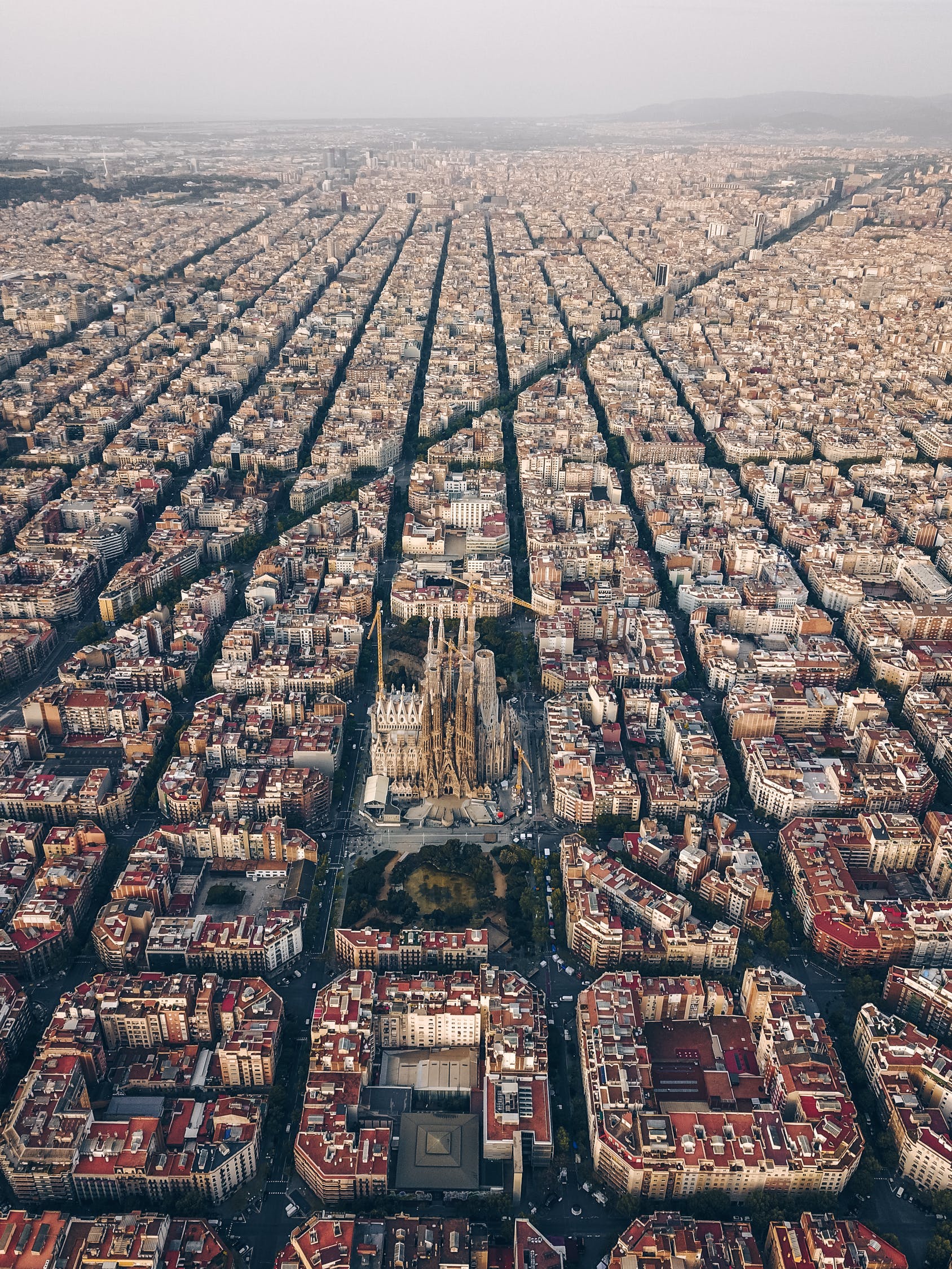Geographies of sexualities and the right to the city: an emotional and intersectional perspective for the case of the LGTBI community (SEXITY)
 https://www.ub.edu/gredi/wp-content/uploads/2020/01/Maria-Rodó.jpeg
968
847
Emma
https://www.ub.edu/gredi/wp-content/uploads/2019/07/logo-gredi-300x95.png
Emma2018-01-01 08:40:162022-05-31 10:53:05Maria Rodó-Zárate
https://www.ub.edu/gredi/wp-content/uploads/2020/01/Maria-Rodó.jpeg
968
847
Emma
https://www.ub.edu/gredi/wp-content/uploads/2019/07/logo-gredi-300x95.png
Emma2018-01-01 08:40:162022-05-31 10:53:05Maria Rodó-Zárate








